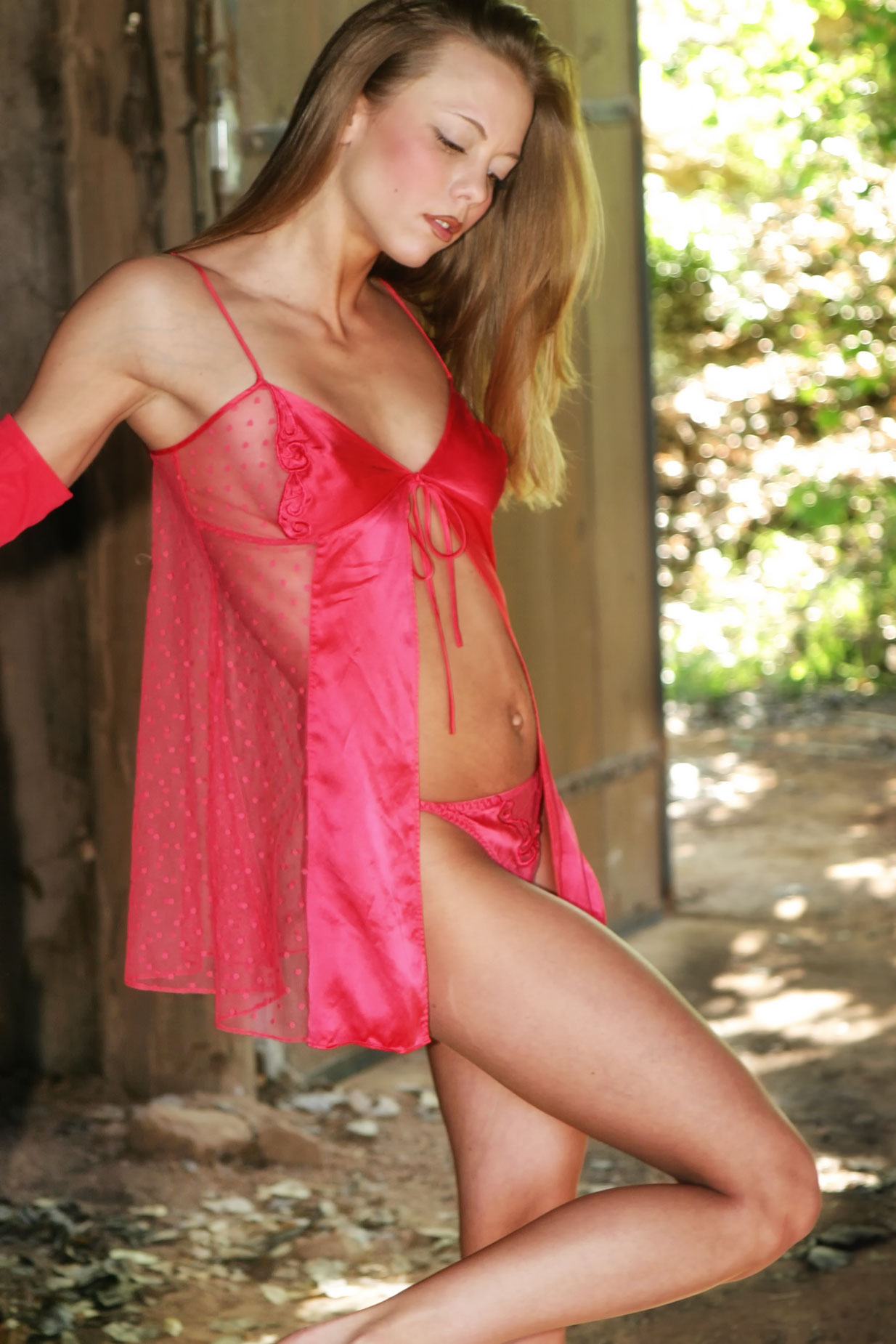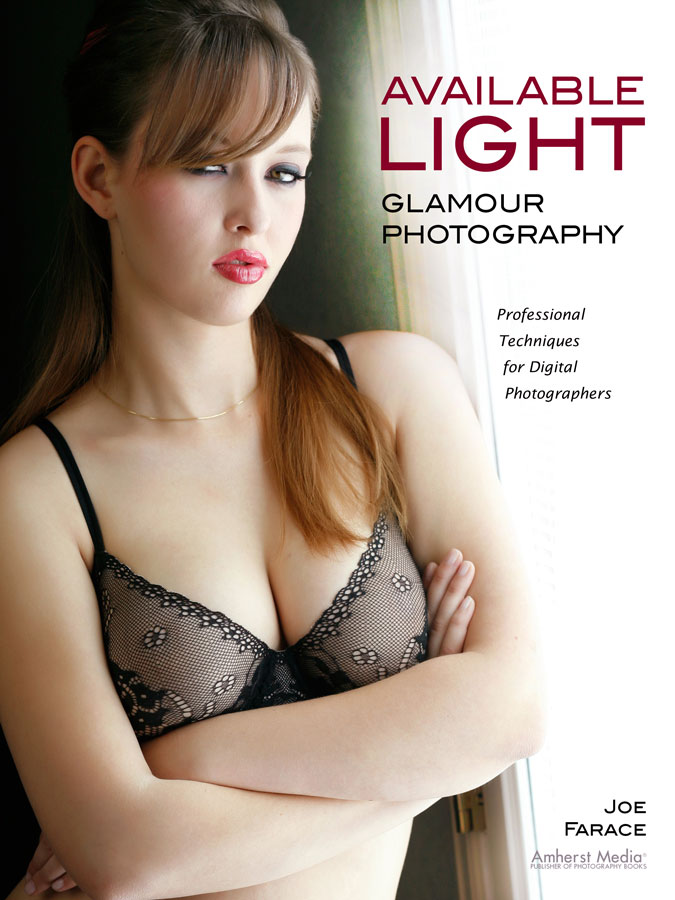My Sunday series about making portraits outdoor continues today with a portrait of Tasha, who I photographed both in my former home and later at a group model shoot in Phoenix. Arizona. You might have seen her in my post about finding glamour models; it’s an interesting story. I later photographed her for some equipment reviews that appeared in the former print edition of Shutterbug magazine.
Today’s Post by Joe Farace
“To me the face – the eyes, the expression of the mouth – is the thing that reflects character. It is the only part of the body that permits us to see the inner person!” – Philippe Halsman
 Back to Basics
Back to Basics
The term Lighting Ratio describes the difference in intensity between the main light and the fill light and their combined effect can be measured with a light meter.
In-camera meters measure light that’s reflected by the scene being photographed. Hand-held light meters, like my Gossen Star F2, that include the option of incident metering—check out that same post for the differences—measure the amount of light that’s falling on the subject. A spot meter, on the other hand. measures a narrowly focused area in a scene but still measures reflected light. Some film cameras, like the Olympus OM-4, offer a built in sport meter. I’ve always wanted to own another hand held spot meter and back in my original film days, when I was fascinated by The Zone System, I owned a Pentax V meter.
More Basics: If you take a meter reading off a subject and it reads 1/500 sec at f/11 and would like to use a slower shutter speed and choose 1/125 sec, you will have to adjust the aperture (make it smaller) so that the same (equivalent) amount of light falls on the sensor (or film,) all the while changing the image’s depth-of-field. By selecting either Aperture or Shutter priority automatic exposure modes, your camera will calculate the equivalent exposure for you, eliminating any guesswork. But as I’ve mentioned before, sometime you need to shoot in manual mode,
How I made this portrait: This mostly available light portrait of Tasha was made using a Canon EOS 10D with an EF 28-105mm f/3.5-4.5 II USM lens (at 72mm) and an exposure of 1/60 sec at f/4.5 and ISO 200. A Canon 550EX speedlite was used as fill to brighten the dim light inside the barn where I photographed her. The wonderfully useful EF 28-105mm f/3.5-4.5 II USM lens has been discontinued but you can usually pick up new or refurbished lenses from Amazon, MPB or KEH for a reasonable price.
 If you enjoyed today’s blog post and would like to buy Joe a cup of Earl Grey tea ($2.50), click here. And if you do, thank so very much.
If you enjoyed today’s blog post and would like to buy Joe a cup of Earl Grey tea ($2.50), click here. And if you do, thank so very much.
My book Available Light Glamour Photography that is available from Amazon with new copies selling for $29.95 and used copies starting around twenty-six bucks as I write this. Kindle copies are $28.45 for those preferring a digital format.